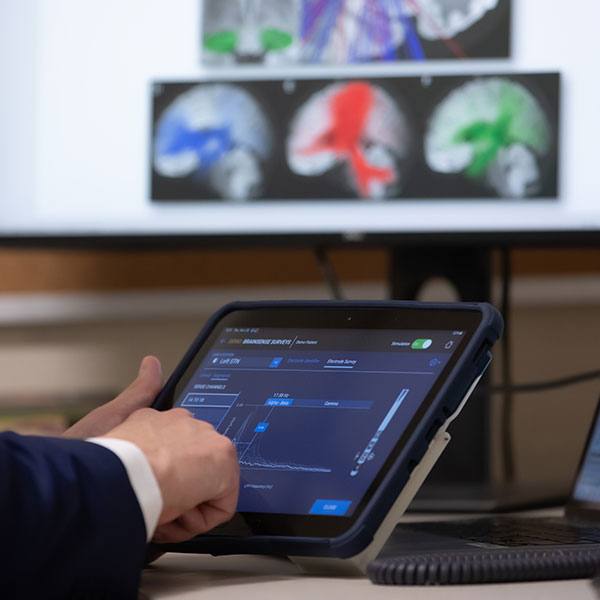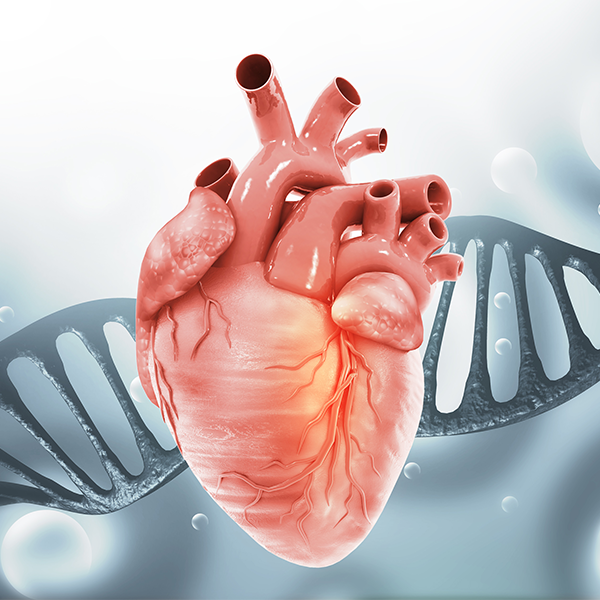-
Mayo Clinic AI tool finds early signs of blood mutations linked to cancer and heart disease
(Video animation shows blood stem cells dividing and multiplying. Getty Images).
Deep inside the body, a slow-growing cluster of mutated blood cells can form. This cluster, found in 1 in 5 older adults, can raise the risk of leukemia and heart disease, often without warning.
To better understand this hidden risk, Mayo Clinic researchers have developed an artificial intelligence (AI) tool to help investigators uncover how it contributes to disease risk and progression.
In a study published in Genomics, Proteomics & Bioinformatics, the tool showed promising results in identifying early signs of this condition, known as clonal hematopoiesis of indeterminate potential, or CHIP.
When blood cells mutate
CHIP starts in the bone marrow, where blood stem cells make the cells that keep organs working, oxygen flowing and the immune system strong. But if one of those cells acquires a mutation in a gene linked to blood cancer, it can multiply abnormally, forming a cluster of mutated cells that gradually expands.
This can cause CHIP, a condition with no symptoms that researchers link to higher rates of death, especially from heart disease. Because its effects vary, CHIP is hard to track and often goes undetected for years.
CHIP makes leukemia more than 10 times more likely and raises the risk of heart disease up to four times, even in healthy adults. Finding it earlier could help guide proactive monitoring or preventive care.
A new tool for early detection
The new tool, called UNISOM — short for UNIfied SOmatic calling and Machine learning — was developed by Shulan Tian, Ph.D., under the leadership of Eric Klee, Ph.D., co-senior author of the study and the Everett J. and Jane M. Hauck Midwest Associate Director of Research and Innovation.
UNISOM helps clinicians identify CHIP-related mutations in standard genetic datasets, opening new avenues for research and discovery. In the past, that level of detection required more complex and advanced sequencing methods.
"Detecting disease at its earliest molecular roots is one of the most meaningful advances we can make in medicine," says Dr. Klee. "UNISOM is just one of many examples of how we're translating genomic science into innovative tools that support timely and informed care."
UNISOM helped researchers detect nearly 80% of CHIP mutations using whole-exome sequencing, which analyzes the protein-coding regions of DNA.
The team also tested UNISOM on whole-genome sequencing data from the Mayo Clinic Biobank, which captures nearly all of a person's genetic code. In that data, it detected early signs of CHIP, including mutations present in fewer than 5% of blood cells. Standard techniques often miss these small but important changes.
"We're engineering a path from genomic discovery to clinical decision-making," says Dr. Tian, the co-senior author and a bioinformatician at Mayo Clinic. "It's rewarding to help bring these discoveries closer to clinical care, where they can inform decisions and support more precise treatment."
Next, the team plans to apply UNISOM to larger and more diverse datasets to support research and expand its use in clinical practice.
Review the study for a complete list of authors, disclosures and funding.
Related Articles







